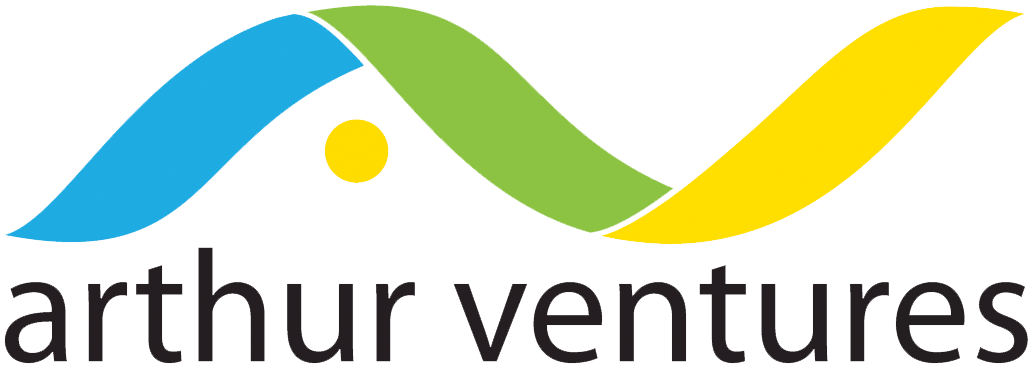A Framework For Running Your Growing Company: Wheels On, Pedal Down
My approach (maybe it’s a philosophy? maybe it’s a leadership framework?) for day-to-day running a company is what I call, “wheels on, pedal down”.
A simple way to view everything you do as a leader
It’s simple, but for me, it works without fail.
I have come to realize that all business activities fall into one of two categories. Those that keep the wheels on, and those that push the pedal down. You can push the pedal down with all your might, but if the wheels fall off, you will get nowhere. And, if the wheels stay on, but the pedal isn’t pressed, well, then, you will also get nowhere.
Both ‘wheels on’, and ‘pedal down’ activities are important. Leaders of high-growth startups need to make sure their organization does just enough to keep the wheels on, while also pushing the pedal down constantly.
The circle above represents the portion of time I need to devote to each type of activity. The majority of time needs to go to Pedal Down, Must Do initiatives. A little less time, but still important, are the Wheels On, Must Do initiatives. And so on.
I think all activities, initiatives, tasks, meetings, and time commitments should be run through the lens of this framework to help direct focus and make sure resources are going to the most important areas of the business.
And that’s really it. The best leadership teams strive to stay out of the Wheels On Nice To Do areas of the business as much as possible—in how they plan, execute, lead, and even in their day-to-day activities. They are intentional about making sure time and attention is spent on the right balance between wheels on, pedal down initiatives and strategies.
Little choices, big impact
Of course, in practice, it’s never as simple as it appears.
A consistent focus on content marketing is ‘pedal down/high impact’. Writing any single blog post probably isn’t. Onboarding new employees, so they are trained, assimilated, and retained is ‘wheels on/high impact’. Reviewing the outline of the proposed new employee welcome kit isn’t. When using this framework to make decisions about what to do, consider where any particular item fits in the larger scheme of the strategic agenda.
Take, for instance, culture. Deliberately creating the culture you want is both a pedal down & wheels on type of thing, with potential for very high impact. But many of the tiny decisions that get made along the way could be categorized as low impact, and barely classify as wheels on. Does your employee performance review software have all the features you need, and if not, should you do something about it? Should you get a foosball table? Is the conference table big enough? How should your company celebrate birthdays? Do you need to document rules for video conferencing? We can’t ignore the tiny, easily dismissed decisions and discussions, but the matrix helps put them in perspective. And ensures that you don’t dismiss them as unimportant but also that you don’t spend too much time on them.
It’s really easy for some leaders to slip into full-time wheels-on work without realizing it. When that happens momentum can stall because you are spending all your time optimizing the trees, versus focusing on growing the forest.
Likewise, some leaders don’t have any interest in wheels-on activities and spend all their time having everyone just pressing down the pedal. That works, until it doesn’t.
Either find the balance within yourself or create a balanced leadership team. it’s perfectly fine for a CEO to spend all their time on pedal down if they have a COO sitting next to them focused on keeping the wheels on.
Viewing every decision, every meeting, every activity, every action through the “wheels on/pedal down” matrix can transform your leadership, which in turn can transform how your company achieves great outcomes.

